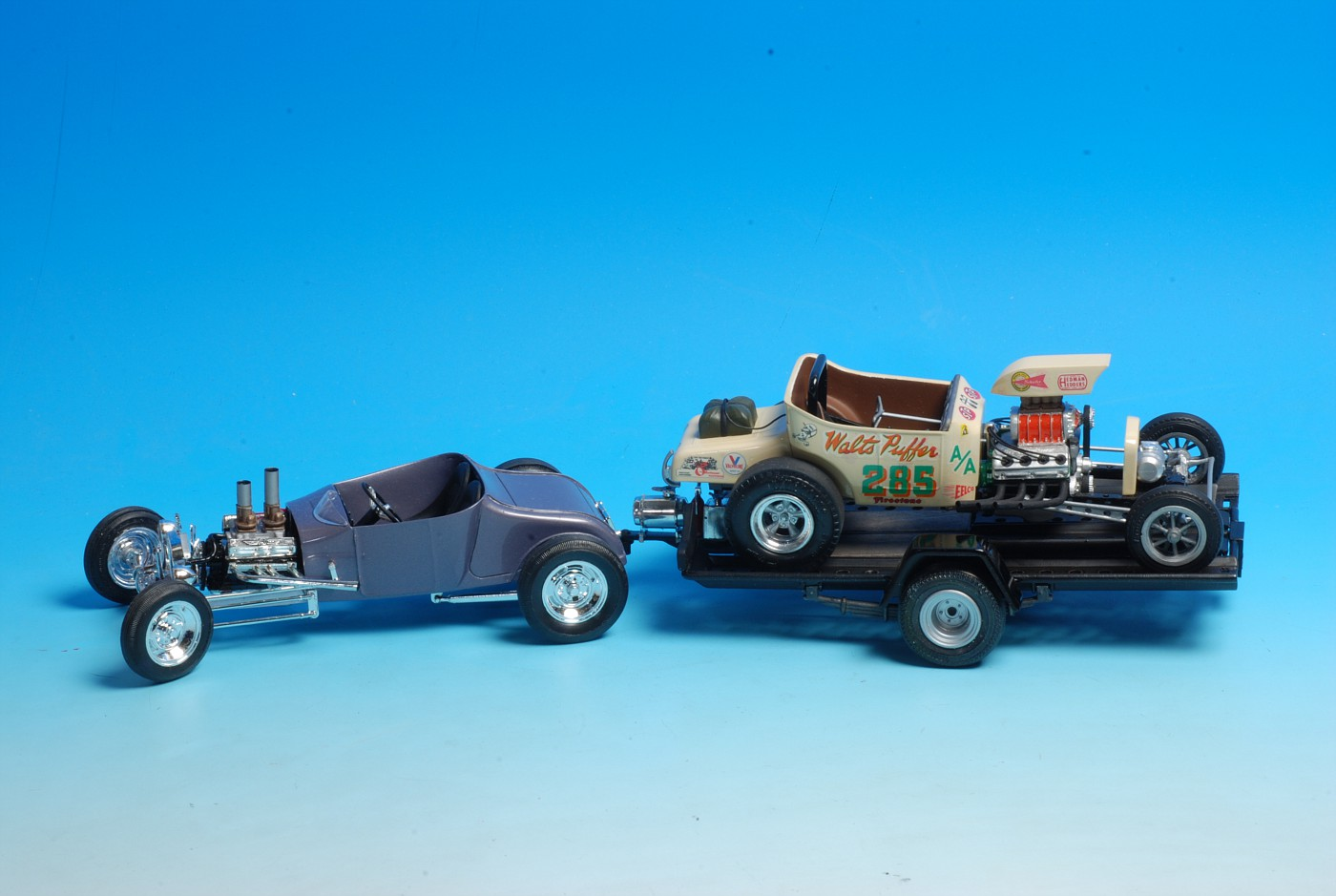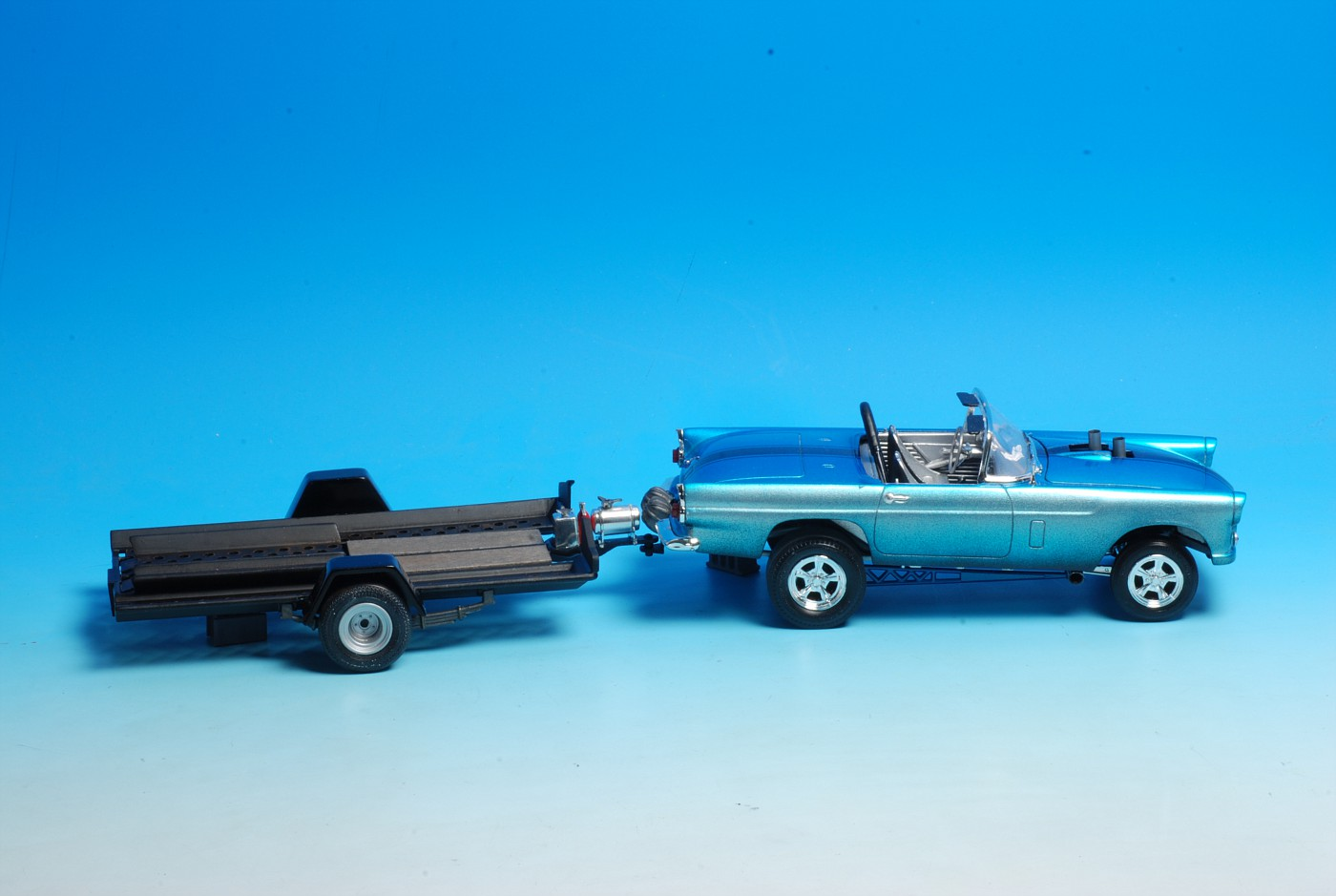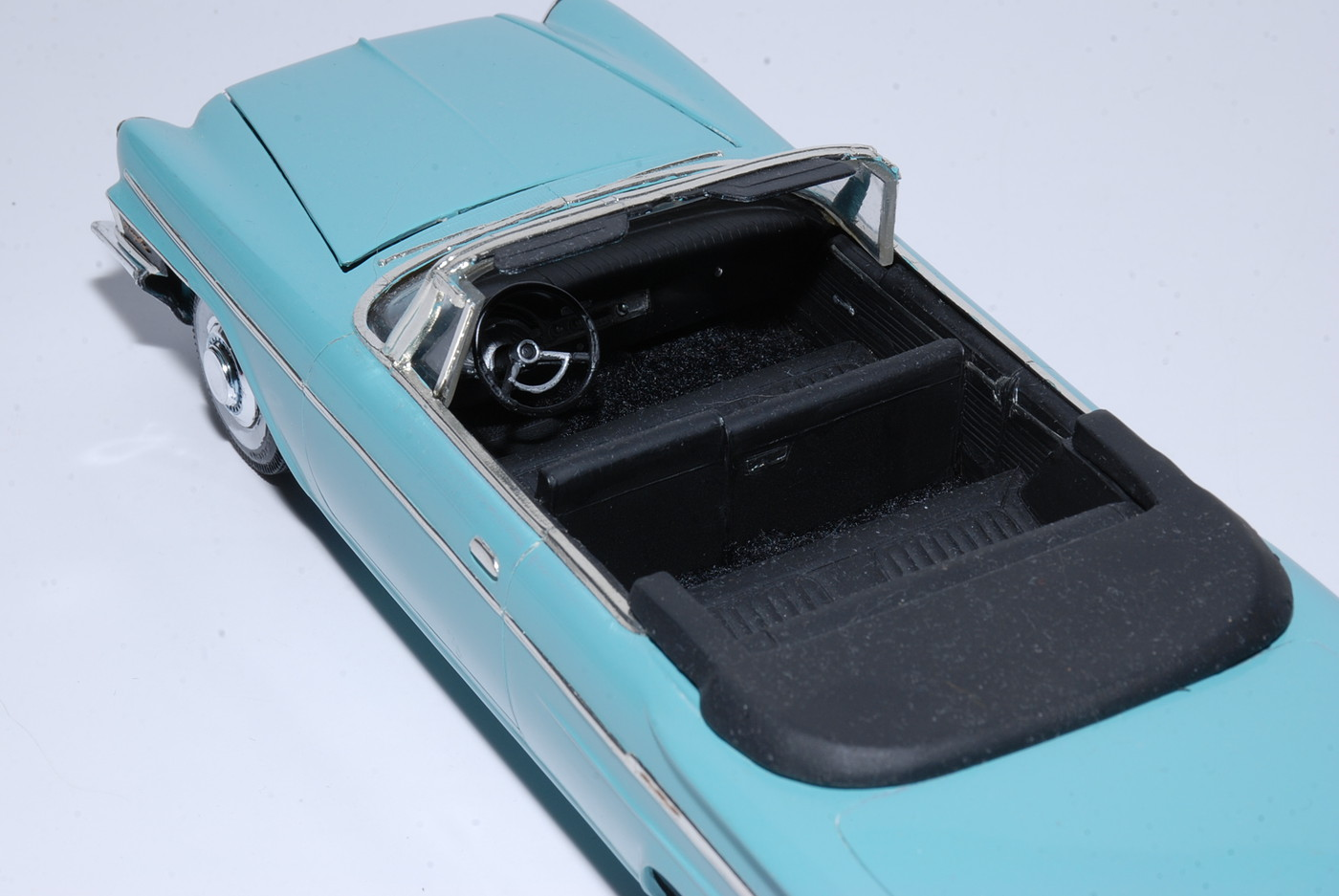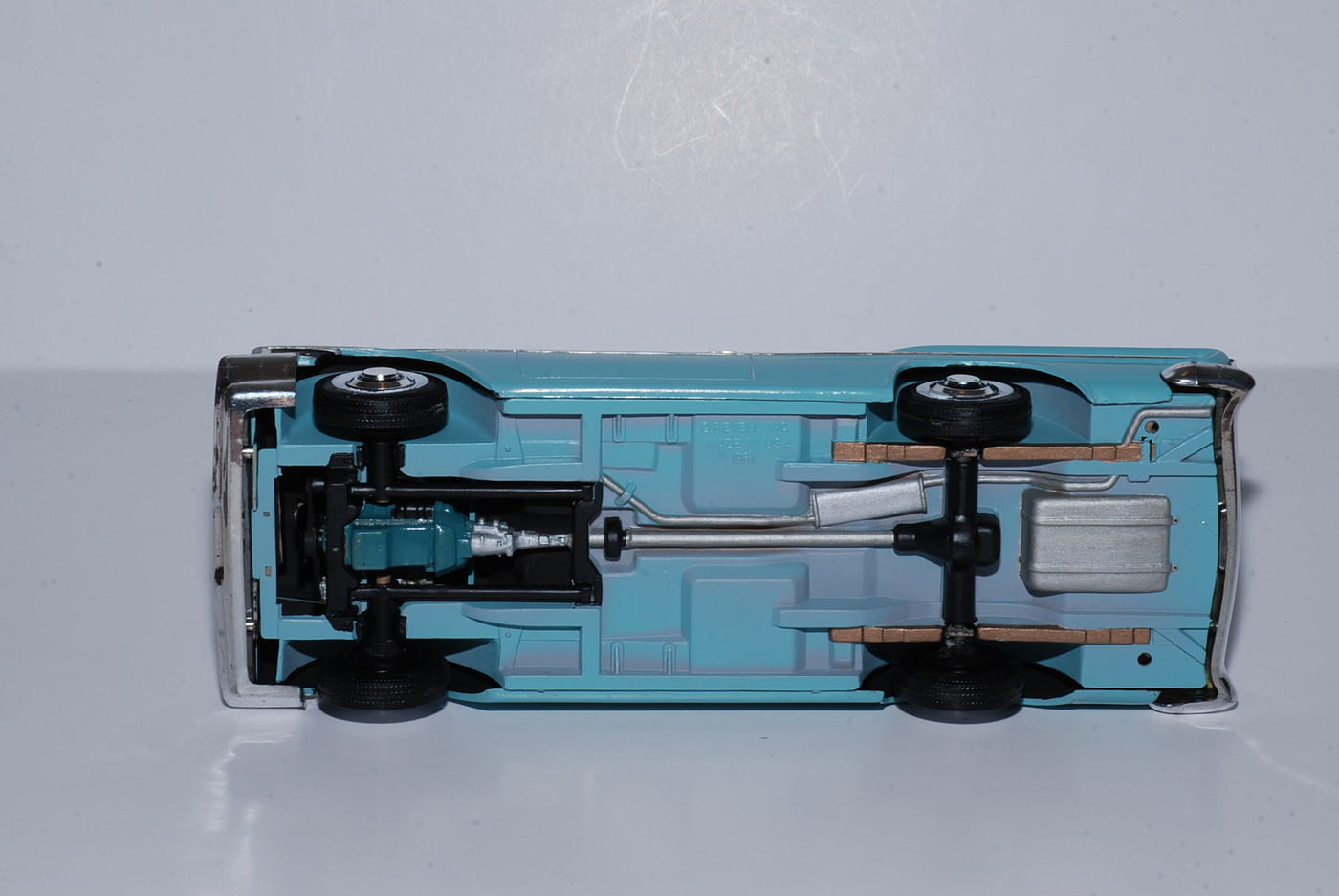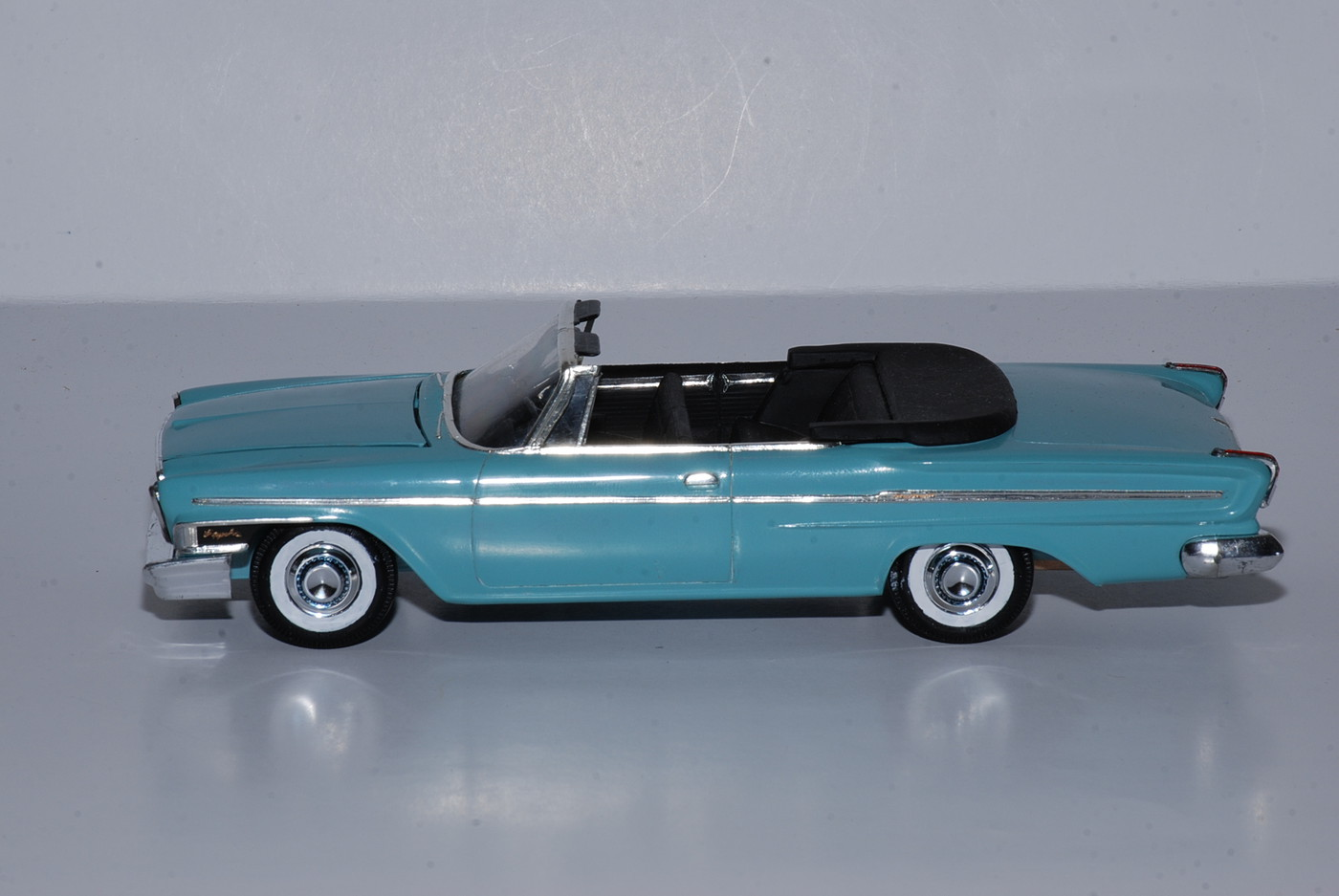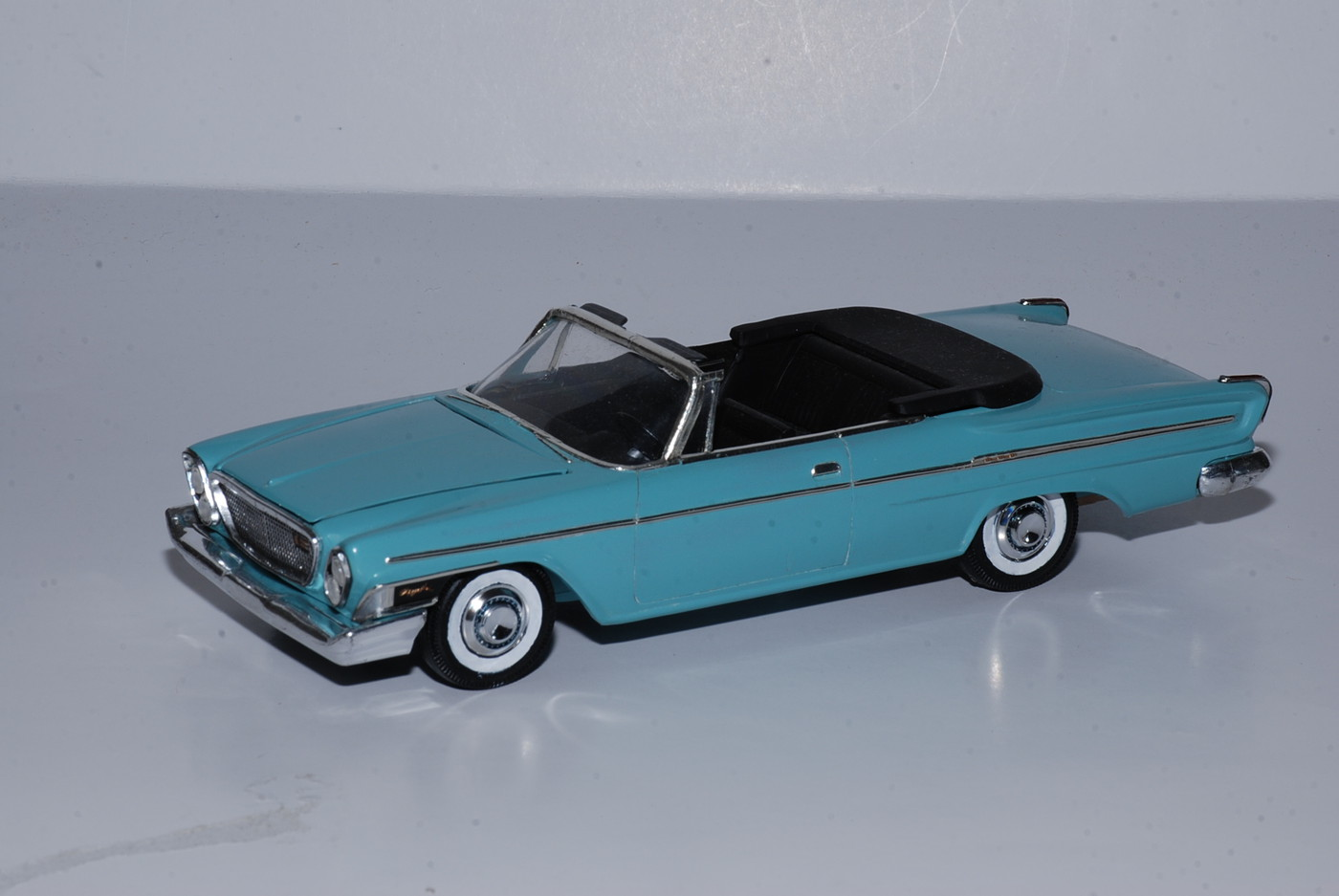
tim boyd
Members-
Posts
5,782 -
Joined
-
Last visited
Content Type
Profiles
Forums
Events
Gallery
Everything posted by tim boyd
-
That's been my experience as well, Pete. TB
-
Forum website has been sluggish for the last few days
tim boyd replied to peteski's topic in How To Use This Board
Same here for last several days...TB -
Alan....looks like a full-fledged street brawler to me. Really like your chassis/crossmember approach, too! Cheers....TIM
-
Martin....what a superb, superb effort. Huge congratulations. Great pix, too! TIM
-
Some really tasty models and images above...you guys rock. Here's mine, built from a final round test shot provided to me by Revell in appreciation of me sending them the one-time only AMT 1932 Ford Tudor Sedan Street Rod series release from 1975, which they used as a reference point in working out the details of the interior pieces of their kit. The test shot was in final form except no instructions, decals, or plating of the chrome tree parts. Went together in a breeze as i recall.... I'm almost certain I've posed this before, so apologies in advance for the duplication, but here's a link to my on-line build thread of the kit for those who have not seen it before.... Revell-Monogram 1932 Ford Tudor Advanced Build album | Funman1712 | Fotki.com, photo and video sharing made easy. Best////TB
-
Heh Bone...so cool to see you are still building...and this one in particular is really creative! Carry on! Cheers....TIM
-
SWEEEEEETTTTT! TB
-
Very, very sharp and accurate Boss! Big congrats from this corner...TIM
-
I was working on a resto/slight kitbash of an original '63 when I got the word that Round 2 was planning a new kit of the subject. Having spent hours fixing the numerous sink marks and crooked side moldings on the original '63, not to mention all the other iffy 1963-quality parts and fits, I can assure all who are reading this that the new '63 is light years better than the original annual kit in almost every way ..TB
-
My recollection is this one originally came in the AMT 1964 Corvette roadster kit, but I'm not in a position where I can confirm that right now. That version did not have the dual axles of the Firebird 500 kit, and tended to be a "tail sitter" (to quote our aviation modeler friends) as the axle was placed too far forward for proper tongue weight balance. Here is some photography of my gluebomb resto of the original kit trailer with some mild kitbashing added....TB
-
Pat Ganahl was a model builder too...
tim boyd replied to Ace-Garageguy's topic in General Automotive Talk (Trucks and Cars)
Ummm....not likely. I'd have to shed too many company secrets....(smile)....TB -
Pat Ganahl was a model builder too...
tim boyd replied to Ace-Garageguy's topic in General Automotive Talk (Trucks and Cars)
Thank you Ulf. That is great stuff! Like you, the knowledge I gained building model cars early in my life directly led to my "competitive advantage" during the early part of 35 year career at Ford Motor Company, and later on, my first book and writing background gave me invaluable credibility with our Design staff when I was transferred from global sales and marketing to a senior level business oversite and chief of staff for the Global VP of Design role. Probably didn't hurt too when I was eventually assigned management/leadership responsibility for our three global advanced design studios. You just can't make this stuff up. I doubt much if any of this would have happened had 1) I not been a model car builder, and 2) had Pat G. not given me the opportunity to start the Modeler's Corner gig when he was Editor at Street Rodder. BTW, congrats on your own writing and career. I understand and respect your gratefulness as you explain it. It is also great to hear how Wheels magazine's readership endorsed model cars. It was exactly the same here during my 17 years writing the model column for them. Cheers...TB -
Thanks for the latest update Marty. In fact, looking very, very close! Lovin' it! TB
-
Pat Ganahl was a model builder too...
tim boyd replied to Ace-Garageguy's topic in General Automotive Talk (Trucks and Cars)
Pat aiso wrote an article circa 1975-ish for Street Rodder on building a 1929 Model A Roadster on a '32 frame...not so easy do with the kits available back then. His article inspired (in part) my first '29 on '32 highboy model. Pat attended the second-ever NNL West back in January of 1983 at a hotel in Millbrae (just south of San Fran- I had invited him to attend). Pat always had his camera with him, but I did not know that he took photos and sent them to the Swedish magazine per Ulf's note above. Ulf, do you recall if his writing was for "Wheels" magazine in Sweden? Several of my models were pictured in the "ModelKornan" (sp?) column written by Hans Kihlen in that late mag back in the late 1970s IIRC....TB -
The Future of Revell...for 2024 at least.
tim boyd replied to niteowl7710's topic in Car Kit News & Reviews
Thanks Don....best to you....TIM -
Atlantis Models has bought another lot of tooling/molds.....
tim boyd replied to Dave Van's topic in Car Kit News & Reviews
Here are a few images of an original issue Revell 1962 Newport convert, in the factory code JJ-1 Bermuda Turquoise. Actually a pretty nice kit. Biggest minus is that the side trim goes a bit uphill as it moves forward along the front fender. Coolest plus is that it has a planned pre-production trim piece that was dropped before job #1 at the factory (the ornamentation around the rear trunk keyhole). Some of you might recall this model from the old Scale Auto article about two decades ago where I coined the term "Mainstreamer". TB -
The Future of Revell...for 2024 at least.
tim boyd replied to niteowl7710's topic in Car Kit News & Reviews
Having been more than a little unnerved about the accuracy of some of the information posted on ScaleMaters, can someone on the board here that is in the know confirm that the Peterbilt Tow Trucks do in fact descend from the original Revell 1/25th scale Peterbilt Conventional Tractor kit that was first tooled and issued in 1982, as the ScaleMates site suggests? Thx, TB -
Atlantis Models has bought another lot of tooling/molds.....
tim boyd replied to Dave Van's topic in Car Kit News & Reviews
The kit pictured in Jesse's post above was the only time Revell-Monogram ever used the 1973-ish molds for a reissue. Other than that, the tooling has gone unused for over 50 years now. So happy to see Peter V and his team purse a complete reissue of the original model, including period-correct livery and licensing. Way to go, Atlantis! TB. -
Atlantis Models has bought another lot of tooling/molds.....
tim boyd replied to Dave Van's topic in Car Kit News & Reviews
x2! -
Atlantis Models has bought another lot of tooling/molds.....
tim boyd replied to Dave Van's topic in Car Kit News & Reviews
The Mongoose dragster is the original 1973-ish Monogram tool. It is an outstanding kit and yes, Atlantis is ready to produce it (they have been working on it for quite some time). TB



